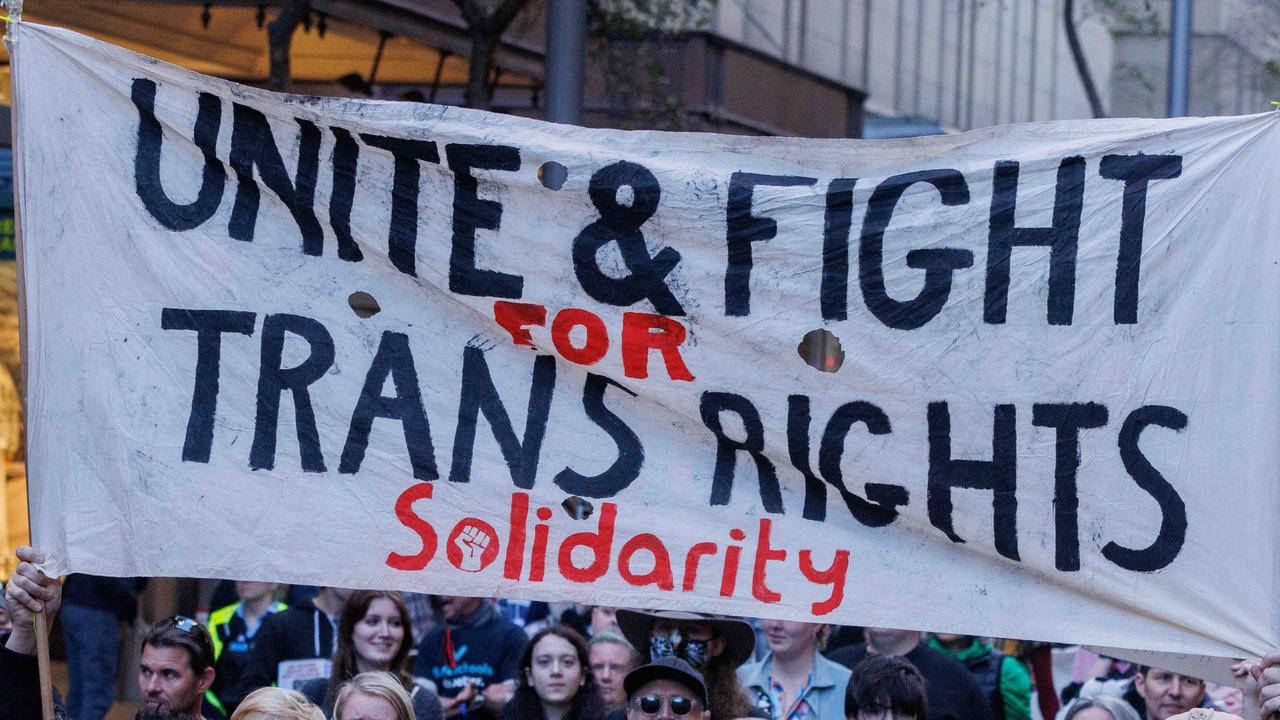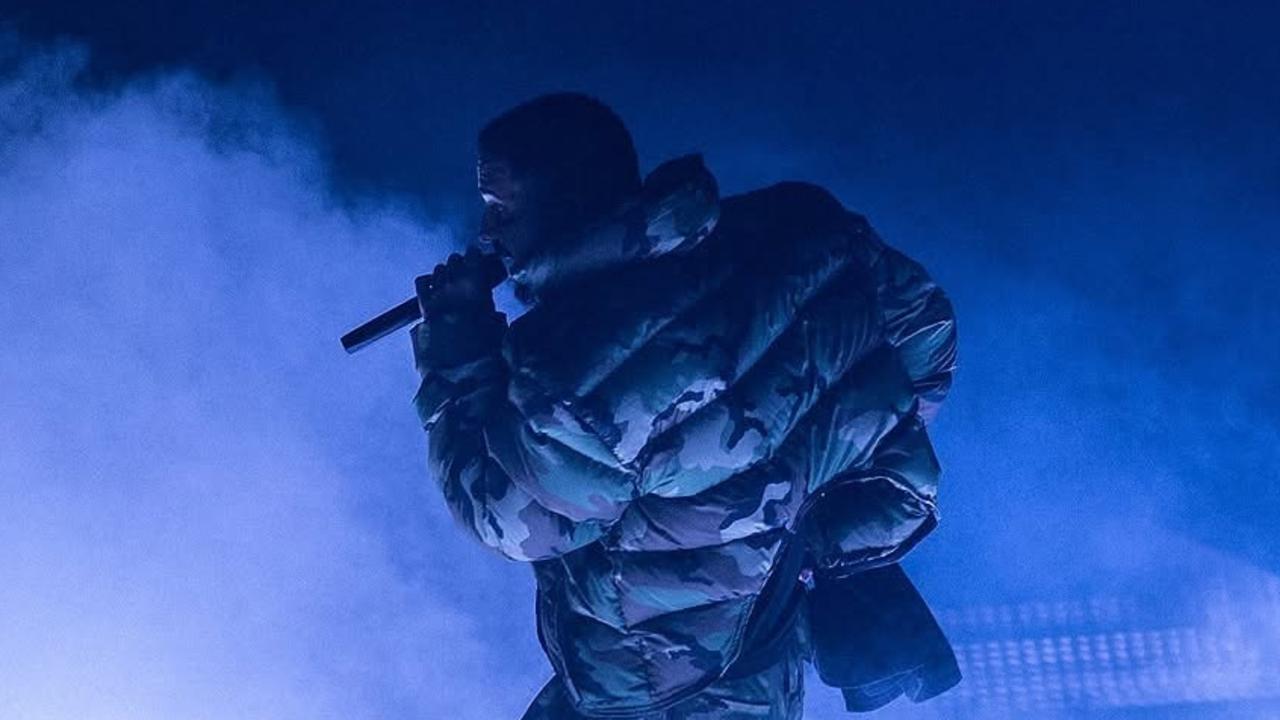COVID-19: Aerosol risk is greater than believed outside intensive care, study suggests
The risk of airborne transmission of COVID-19 is far greater than previously believed, a study shows as questions grow over aerosols.
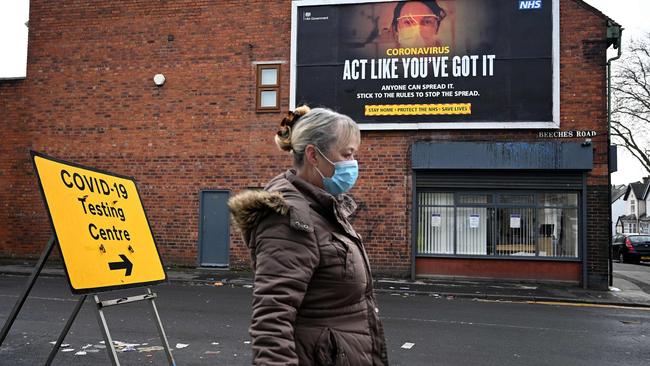
Health
Don't miss out on the headlines from Health. Followed categories will be added to My News.
The risk of airborne transmission of COVID-19 away from intensive care settings is greater than previously believed, a study revealed as questions swirl over aerosols in Australia.
The UK study found that coughing released up to 10 times more concentrated aerosols emissions than the mean concentration from speaking or breathing.
“Cough remains a significant aerosol risk,” warned the study from the University of Bristol, which has not yet been peer reviewed.
It said that “cough appears to generate significant aerosols in a size range compatible with airborne transmission of SARS-CoV-2”, meaning the risk of aerosols was “likely to be high” anywhere that someone with COVID-19 was coughing.
The researchers noted that the the dispersion of smaller particles was largely determined by the room ventilation, “posing a potential risk to those even not in close contact, especially in poorly ventilated areas.”
The study suggested that PPE guidance “should be updated to ensure medical staff are protected”, in news that could be crucial for Australia’s battle with cases emerging from hotel quarantine.
RELATED: Experts call for action on aerosol transmission
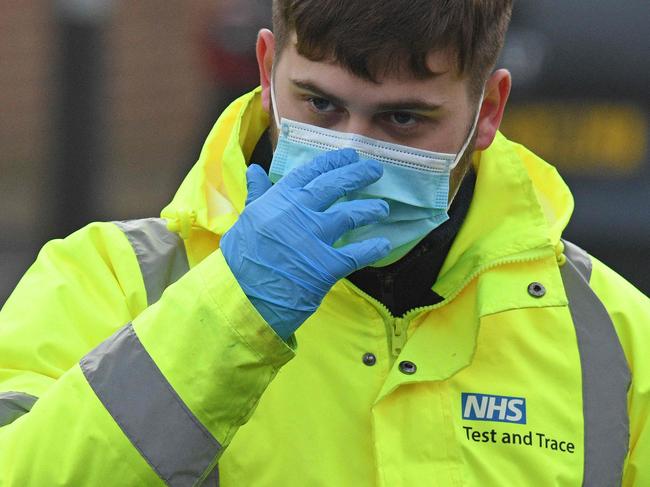
RELATED: Hotel worker ‘did nothing wrong’
Measures that reduce risk from aerosols include ventilation and using masks that limit the inhalation of particles rather than surgical masks that only guard against larger droplets.
“What this study very clearly demonstrates is that cough is aerosol generating and that the size of the aerosols that are generated by coughs are compatible with airborne transmission of SARS-CoV-2,” Dr James Dodd, a consultant senior lecturer in respiratory medicine at North Bristol Lung Centre who led the study, told news.com.au.
“The aerosols generated by cough, it’s not just the large droplets, it’s also aerosols which can hang around in the air a bit longer.”
The study was designed “to measure aerosols from what we had assumed to be high risk procedures”, adding Dr Dodd — referring to CPAP (Continuous positive airway pressure) ventilation and HFNO (High-Flow Nasal Oxygen) — “but we found that they were not as high risk as we had thought.”
“When we take this in context and compare this to the aerosols generated by coughing ... this appears to be the main source of aerosol risk when caring for patient with COVID-19.”
He said the study fed into the debate about “what things are high risk”, adding that the “principles will be similar” in Australia’s hotel quarantine.
The study comes after health experts across Australia pleaded for the Government to update COVID-19 guidance to emphasise the risk of aerosol transmission.
An open letter from Health Care Workers Australia has demanded “national action on aerosol transmission of COVID-19”, claiming essential workers in Australia are “wearing poorly fitted surgical masks, which do not afford any satisfactory level of protection against airborne pathogens in high-risk environments.
“This has led to infections in these workers and spread into the wider community, resulting in large outbreaks with major economic and social disruption,” the group warned, after Perth was plunged into a five-day lockdown after it emerged a hotel quarantine security guard had tested positive for COVID-19.
Victorian Premier Daniel Andrews said on Thursday that airborne and aerosol transmission was “very, very challenging”, after a hotel employee in Melbourne working for the Australian Open program tested positive for COVID-19.
“AHPPC (Australian Health Protection Principal Committee) has been dealing with some of these issues. No doubt this will be a feature of the report that I will give to national cabinet tomorrow,” the Premier said.
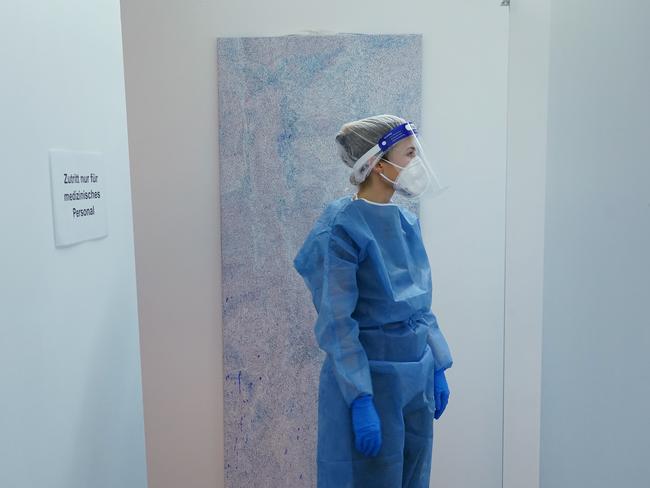
That risk has combined with the threat of highly contagious variants, with Mr Andrews saying the “hyper-infectious” mutant strains were adding to the threat.
While it’s not known whether the Grand Hyatt worker has the UK strain, there were cases of the variant at the hotel.
The UK study noted that the finest aerosol particles are “unlikely to contribute significantly to
infectious events” because they contain so little of the viral load — “so the likelihood of containing a single virion at normal SARS-CoV-2 viral loads is very low.”
However, we know that the Grand Hyatt worker reportedly had a “high viral load”
Health authorities are also investigating a case in which a family of five who arrived on January 20 at Melbourne’s Park Royal Hotel was infected with COVID before a woman in the room across from them was infected with an identical strain.
The family tested positive on January 23 while the woman, who had been there since January 11, then tested positive on January 27.
Minister for Police Lisa Neville said the “working assumption” was that the viral load of the family was “so high” it escaped into the corridor when they opened the door.
But in his interview with news.com.au on Wednesday night, Prime Minister Scott Morrison said: “There’s been a lot of speculation about this sort of idea of aerosol transmission. Often when it’s suspected, we often find there was contact between people.”
Originally published as COVID-19: Aerosol risk is greater than believed outside intensive care, study suggests


